Transfection system
The Neon® Transfection System enables fast and efficient delivery of nucleic acids into all mammalian cell types, including primary, stem, and difficult-to-transfect cells. The flexible and open system allows the user to perform high-quality transfections using optimized or user-defined protocols in three simple steps with as few as 2 × 104 cells per reaction. A novel reaction chamber provides a dramatic increase in transfection efficiency and cell viability. The Neon® Transfection System is:
• Efficient—up to 90% in many cell types, including difficult-to-transfect cells, primary, and stem cells
• Flexible—easily transfect from 2 × 104 cells to 6 × 106 cells per reaction
• Simple—easy to use, with a single reagent kit for all cell types
• Versatile—open system allows electroporation parameters to be optimized freely
Report Abuse
Shipping Details
Based on 0 reviews
Be the first to review “Transfection system”
You must be logged in to post a review.
Vendor Information
- Store Name: ATLANTIC Scientific and Research Supply
- Vendor: ATLANTIC Scientific and Research Suply
- No ratings found yet!
-
Health & Medical
Autoclave
Autoclaves are also known as steam sterilizers and are typically used for healthcare or industrial applications. An autoclave is a machine that uses steam under pressure to kill harmful bacteria, viruses, fungi, and spores on items that are placed inside a pressure vessel. The items are heated to an appropriate sterilization temperature for a given amount of time. The moisture in the steam efficiently transfers heat to the items to destroy the protein structure of the bacteria and spores.
The costs of an autoclave can vary greatly because of the various uses and applications of this technology. Industrial and pharmaceutical autoclaves are customized and manufactured for a specific use and therefore costs are likely to differ compared to autoclaves you find in a hospital or dental office.
SKU: n/a -
Health & Medical
Microscopes Compound
The high-performance compound microscope for every laboratory with fixed, pre-centred Koehler illumination.
The KERN OBF and OBL models are excellent, stable laboratory microscopes for all common routine applications
Through the simple Köhler lighting, the adjustable field diaphragm and a pre-centred and height-adjustable Abbe condenser with adjustable aperture diaphragm, these microscopes produce superb images in both the light and dark field
As standard, these microscopes, depending on the model, are fitted with wide-field eyepieces, achromatic, planachromatic or infinitely corrected E-Plan lenses
These binocular microscopes are fitted with a dioptre compensation
A trinocular head is available as an option, so that you can connect a camera
A revolving unit for up to 4 lenses and a large specimen stage are included with delivery as standard
The following optional accessory items are available: Various eyepieces, lenses, a complete polarisation kit, a phase-contrast unit as well as complete HBO and LED fluorescence kits etc.
The light is provided by a 20 Watt halogen lighting unit or by a 3 Watt LED version as an alternative
A central feature of this adaptable, robust microscope range is the stable mechanism which can be adjusted preciselySKU: n/a -
Health & Medical
IR spectrophotometer
A Spectrophotometer is an analytical instrument used to identify materials including organic polymers. Infrared spectrophotometers record the relative amount of energy as a function of the wavelength/frequency of the infrared radiation when it passes through a sample. Therefore, chemical structures of different samples will reflect differences in the IR absorption spectrum allowing for identification of a sample. Unlike a dispersive spectrometer, an FTIR spectrometer or FTIR spectrophotometer is used to simultaneously obtain spectral data of a sample. It does this by using an interferometer to collect the interferogram, also known as the raw data/signal format, which can then be translated into the infrared spectrum of the sample by means of a fourier transform algorithm. As a result there are many advantages including greater signal-to-noise ratio, high resolution, higher throughput, and a short wavelength limit. FTIR spectrometers can be used in a variety of industries including environmental, pharmaceutical, and petrochemical.
SKU: n/a -
Health & Medical
Ultrasound machine
The GE Logiq E9 is a premium shared service ultrasound machine capable of top-of-the-line women’s health and 4D imaging along with clear imaging for radiology, cardiac, and vascular applications. GE’s breakthrough technology with the Logiq E9 is XDclear, an imaging technology that uses advanced transducers with a single crystal, acoustic amplification, and cooling technology to improve image quality, especially at deeper penetration when image quality typically fades.
SKU: n/a


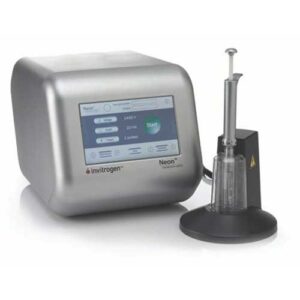
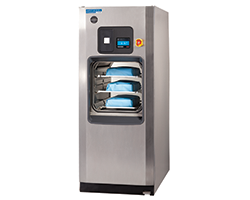
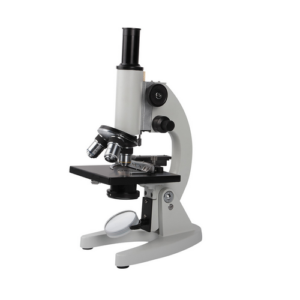
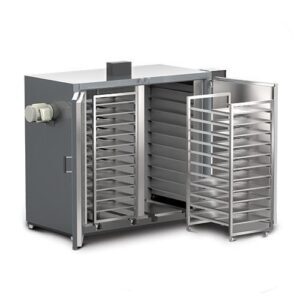
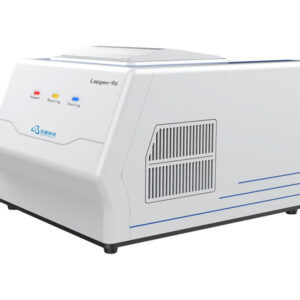
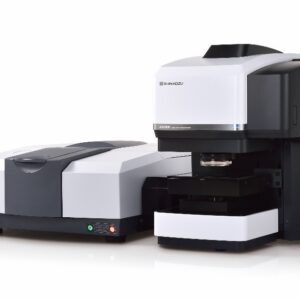
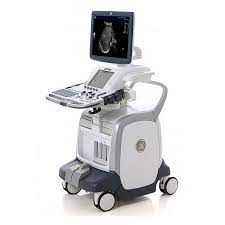
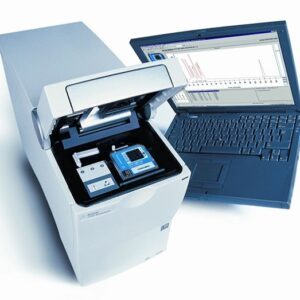
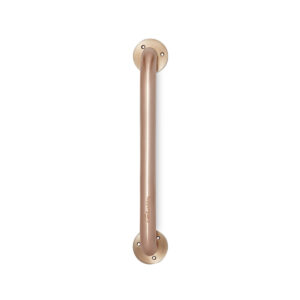
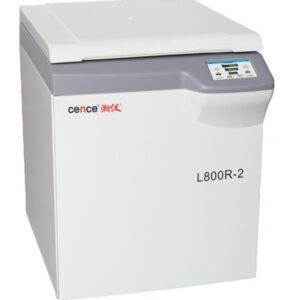
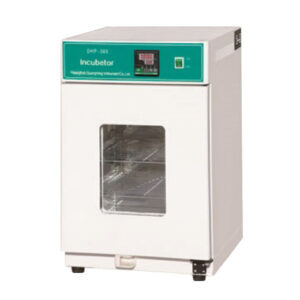
There are no reviews yet.